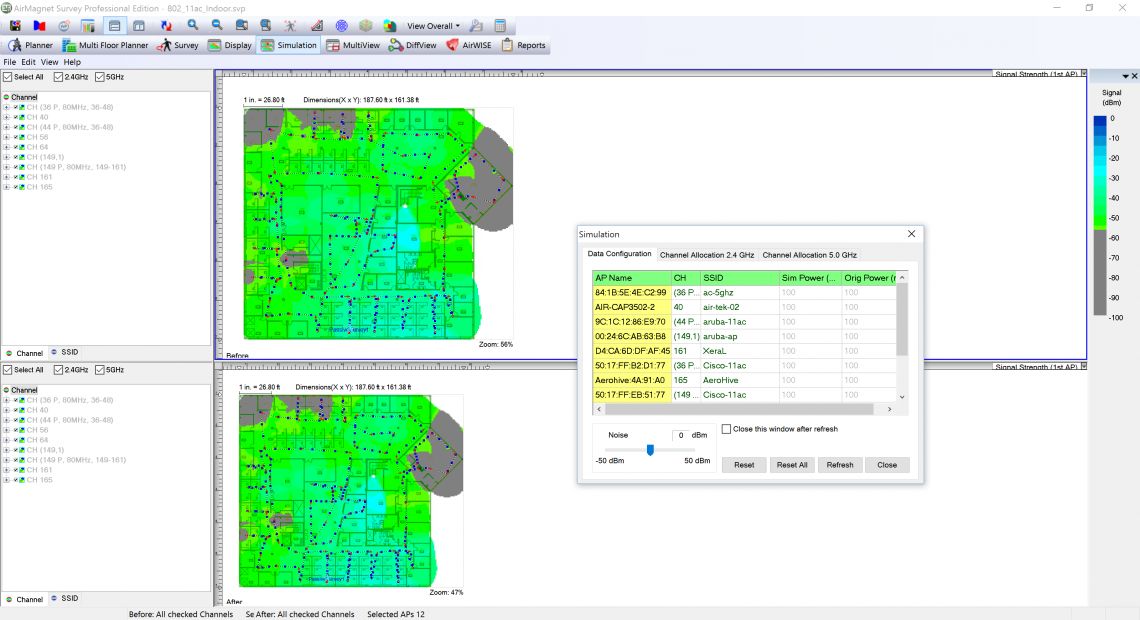


Without a survey, users will probably end up with inadequate coverage and suffer from low performance in some areas. If the access point encounters RF interference from another nearby wireless LAN, you can likely choose a different channel and eliminate the problem.Ī larger facility, such as an office complex, airport, hospital, or warehouse, or an outdoor area like a city, generally requires an extensive wireless site survey. This scenario can probably get by with a single Wi-Fi access point (or router) located anywhere within the office and still maintain adequate coverage. For example, a small three room office may not require a site survey. The need and complexity of a wireless site survey will vary depending on the facility. RF interference coming from other sources that could degrade the performance of the wireless LAN. A wireless site survey also detects the presence of In order to perform a successful survey, you’ll need to relate the required performance to a value that survey tools measure, such as SNR. With most implementations, “adequate coverage” means support of a minimum data rate or throughput. The ultimate goal of a wireless site survey is to determine the number and placement of access points (or mesh nodes) that provides adequate signal coverage throughout a facility or city area. (also called RF site survey) to fully understand the behavior of radio waves within the operating environment before installing access points. As a result, it’s absolutely necessary to perform a wireless site survey Instead walls, doors, elevator shafts, people, and other obstacles offer varying degrees of attenuation, causing the RF (radio frequency) radiation pattern to be irregular and unpredictable. Even if the system implements omni-directional antennas, radio waves don’t really travel the same distance in all directions. With wireless systems, it’s very difficult to predict the propagation of radio waves and detect the presence of interfering signals without the use of test equipment.


 0 kommentar(er)
0 kommentar(er)
